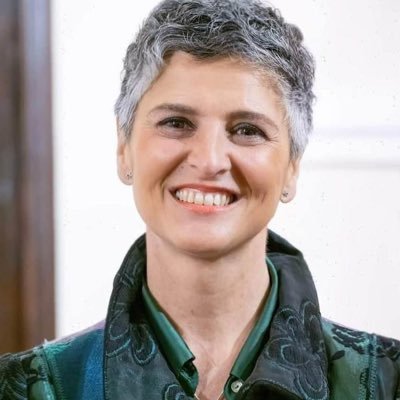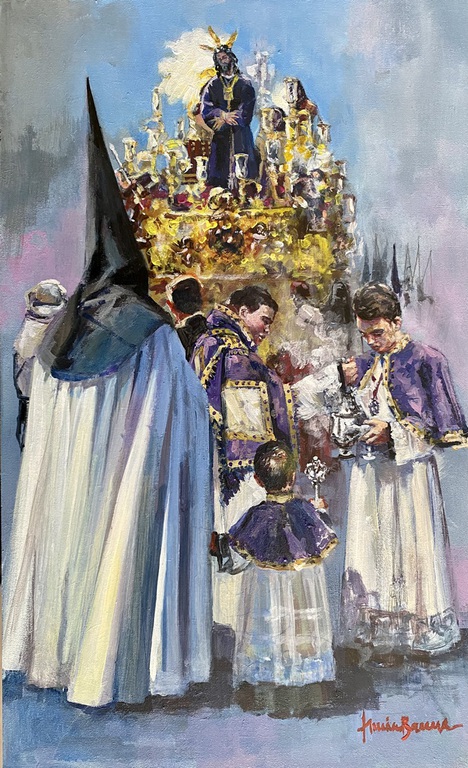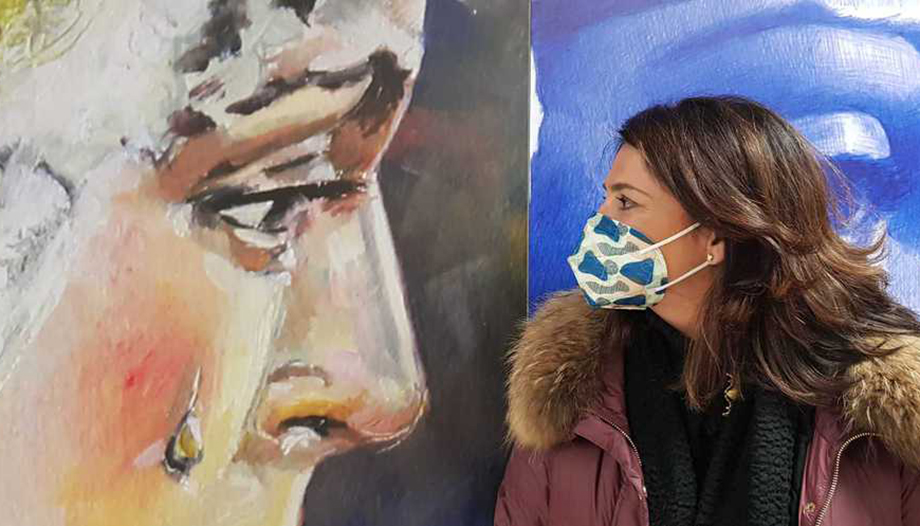Nuria Barrera's brushes, like nature, seem to be reborn after the winter. They seem, because, really, in the studio of this painter born in the Sevillian town of Carmona, there is no wasted time.
Nuria Barrera has become a pictorial reference today, especially in southern Spain. In his extensive collection, his religious-themed works stand out, especially his posters for pilgrimages, Holy Week or patron saint festivals.

Posters such as the one for the Rocío in its Jubilee Year, the Redención de León or for the processional departure of the Inmaculada de los Padres Blancos de Sevilla mark his production in this field.
A few months ago, in the midst of the pandemic, the "Mural of Hope" was inaugurated at the Virgen Macarena University Hospital in Seville, located on the way to the ICU and bringing together images of the Virgin Macarena created by 7 painters to give hope to those who are going through difficult times.
But, above all, Nuria Barrera is a believing woman, and this is evident in every brushstroke of her religious themes. She works from faith and for faith, because she is convinced that the faith of the author is essential to achieve a good work of religious themes.
Part of your work has a religious theme. As an artist, as a believer, do you consider it your responsibility to "put a face" to Christ, to the Virgin?
- Always with great respect. But, in addition, when it is a popular devotion, even more, since it must be recognizable in brushstrokes, because it should not look like, but be.
How do you find the perfect face, look or gesture?
- With a lot of documentation and previous study of the image to be represented.
Is it necessary to be a believer to produce a work with a religious theme?
- I think it is essential, through the work we transmit what we feel, and that faith intervenes directly in the work that is being done.
What does this "plus" of faith mean when approaching an assignment of this nature?
- It is encouragement. Strength and courage to carry out the new project in the best way possible. I personally entrust myself to the image I am drawing or painting, with which I confess and pray during the process. When in your personal life you also suffer a bump in the road, it is a way of praying and getting closer to God. It is a privilege for me.
Is a religious work approached in the same way or in a different way from other types of subject matter? What is the creative process like?
- The approach is always the same: information, training and execution. With a base, in my case photographic, I draw, compose and then comes the color. As a little secret, I confess that I usually draw a cross before starting, praying to the Lord to inspire me and guide me in each brushstroke.

Every work of art is a dialogue between the author and the work, the work and the viewer, and therefore, the author and the viewer. In the case of religious painting, how do you live this dialogue when you paint "part of who you are", of your faith?
- As I said before, one lives in that dialogue with the work, that prayer that permeates each brushstroke, and then once it is finished it reaches the viewer, provoking emotion and feeling. When this is achieved, it is an enormous satisfaction.
In a world marked by speed, is there a place for art that calls for contemplation, even if it is "ephemeral" like a poster for a pilgrimage or Holy Week?
- Of course, that is the power of Art, which is capable of abstracting us from reality to transport us to that announced moment that makes us feel and live through the image. That is the magic of painting.








